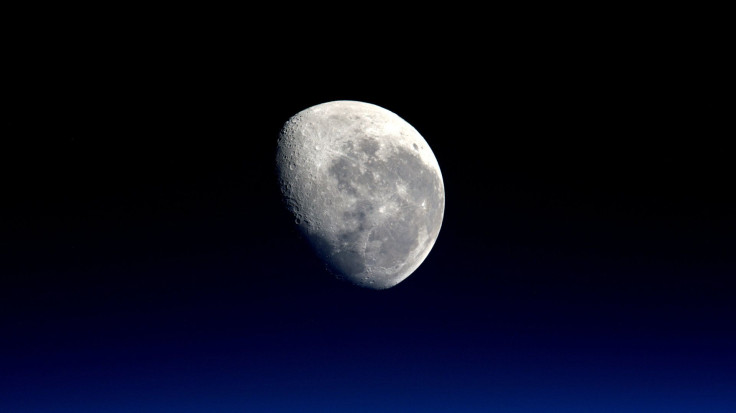ESA's 'Moon Village' Plan Aims For Huge Colony On Moon By 2050

A human colony on the Moon has held the fascination of millions of people across the globe, with the idea usually bringing to mind people in spacesuits floating upside down in futuristic settings.
Bernard Foing, ambassador of the European Space Agency-driven "Moon Village" scheme, has given all sci-fi nerds out there a major boost by realistically proposing a plan whereby humans would colonize Moon by 2050.
And it won't be just a few scientists floating around hi-fiving each other, but an entire colony of people living there, eating moon-grown plants, and probably hi-fiving each other too.
At a European Planetary Science Congress in Riga, Latvia, Foing explained in detail the route humanity will take in colonizing the Moon.
The expansion will be gradual, according to him.
By 2030, ESA expects to have sent a team of six to 10 scientists and engineers to the Moon for the initial spade work. Depending on the demand, this team would grow up to 100 by 2040.
"In 2050, you could have a thousand and then, naturally you could envisage to have families joining crews there," Foing said to AFP in a report by Moon Daily. He also envisaged the possibility of having children born on the Moon just a few decades from now.
All the ESA has to do is mobilize the market.
Physicist Vidvuds Beldavs of the University of Latvia, who runs a project called the International Lunar Decade, advocating joint exploration of the Moon, the imperative is to demonstrate that industrial activity on the Moon is feasible, so that large markets for the same can emerge towards preparation for this purpose.
If the tools and parts needed for such a mission are more widely manufactured, costs will come down.
The team has also proposed the harnessing of potential Moon resources to offset the cost of such a mission.
As Earth is high gravity, the costs of satellite launches are much higher from Earth; it will be 40 times cheaper if launched from the Moon. Such significant difference is because we need to break through a very strong gravitational pull on Earth.
But, the team has proposed that basalt, a volcanic rock found on the Moon, be used as a raw material for 3D-printing satellites to be deployed from the Moon.
There is also a rare helium-3 isotope on the Moon. It has been theorized to give us cleaner nuclear energy compared to the radioactive isotopes available on Earth.
The water available on the Moon makes this scenario all the more inviting. The availability of hydrogen and oxygen is the perfect ingredients required for rocket fuel.
The future of space travel lies in the collaboration between national space agencies and private players, which can profit from selling resources such as Moon-derived rocket fuel.
Robotic exploration is already underway. Several Moon landers and rovers have been planned for the next few years.
ESA Director General Jan Woerner said that the goal "is to join international efforts and to bridge Earthly borders and crises."
If these collaborations come to fruition and ESA’s visions are met, the prospects of the Moon village becoming a reality will only increase with each passing day.
© Copyright IBTimes 2024. All rights reserved.





















